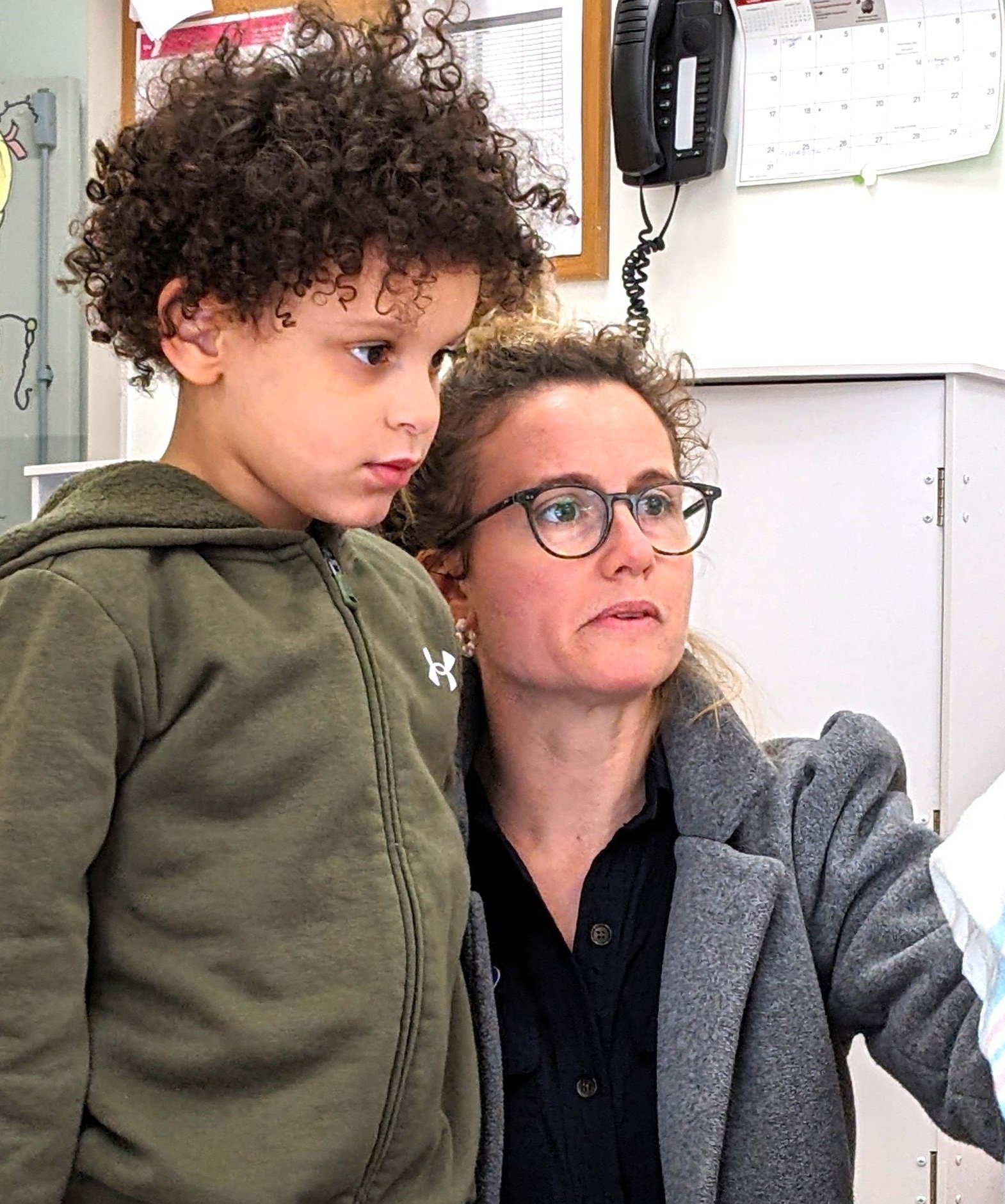Body Positioning
Keeping your child in the heart of the action
by Erica Key, Founder and Chief Learning Officer
When supporting a child’s social development, appropriate physical positioning can be a powerful element. How you orient yourself and your child can enhance the way you teach and interact.
Guiding From the Wings
Imagine being able to guide a child's interactions without overshadowing their activities. By positioning yourself just behind and slightly lower than your child, you can do just that by establishing an unobtrusive, yet powerful presence. This not only allows your child to take center stage in social interactions, but also provides you with the best vantage point to offer subtle guidance and support.
The Power of Proximity
Introducing a child to group social settings can be daunting, but with the right body positioning techniques, you can help them navigate with ease. In these situations, instead of sitting next to the child, opt for a spot slightly removed from the action. This encourages the child to engage directly with peers while still benefiting from your support.
Signaling Support Through Posture
Every movement communicates a message, and when teaching, your body language speaks volumes. By sitting with your shoulders facing slightly away from the group and maintaining an open posture, you signal to both your child and their peers that you are there to support without dominating. This subtle yet powerful gesture fosters an environment where learning and social interaction can flourish.
Yielding the Floor
With all the nuances of conversation, the most powerful words can be those left unspoken. When guiding interactions between and among children, resist the urge to interject, allowing them instead to find their own voices. By physically positioning yourself slightly apart from the group, you create a space where authentic communication can thrive, empowering children to express themselves with confidence.
Embrace the transformative power of strategic body positioning and you'll create a dynamic and engaging environment where every child has the opportunity to shine.
Love Learning Seeds Resources? Get Access to Much More with Exclusive Membership!
Exclusive Access to "Sharing Blocks and Tiles" Beta Course
Group Consultations & Discounted 1:1 Coaching
Shape the Future of Content
And More!

